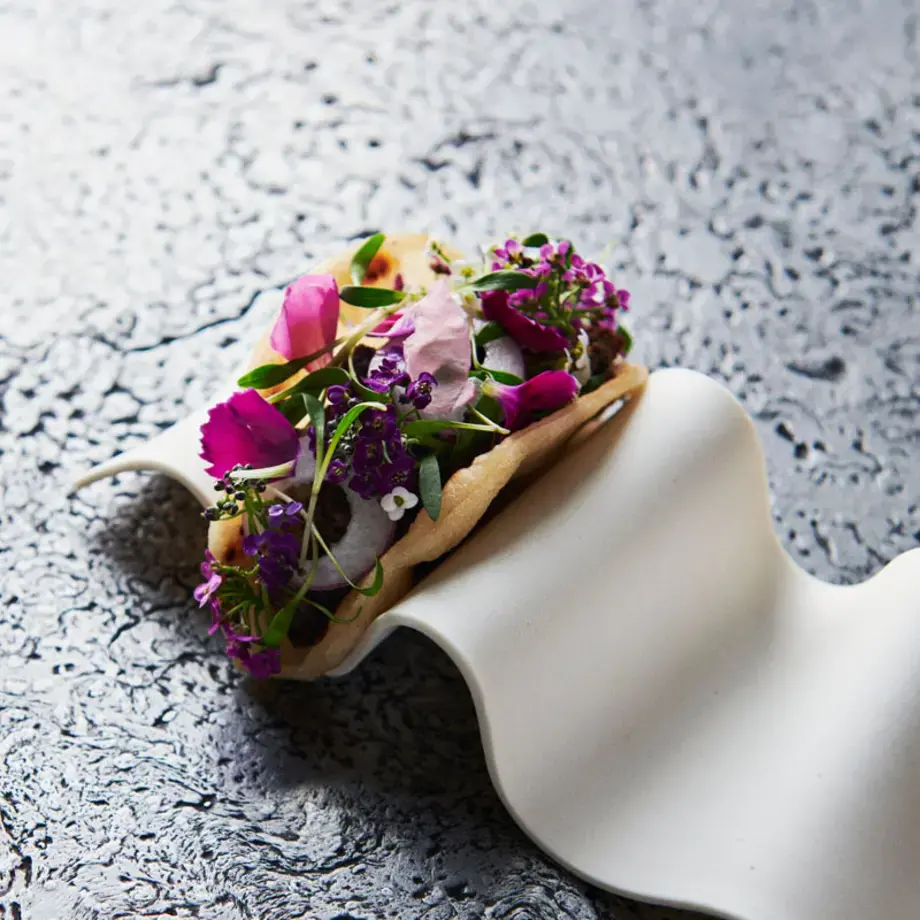Affinity Fish co-owners Jon Klip and Matt Taylor grew up in the High Park neighbourhood in Toronto, minutes from Lake Ontario, one of the five Great Lakes in North America. 10 years ago, they met while working part-time in a local Japanese kitchen knife shop, taking a break from their day jobs as chefs. They never imagined becoming business partners selling humanely-sourced fish from another of the Great Lakes, offering special omakase meals in their very own shop.
Klip moved to Kyoto in 2017 and worked in kaiseki restaurants, coming back to Toronto in early 2020. Like Taylor, who honed his craft and expertise in Toronto’s top Japanese restaurants, they’d both developed an understanding and appreciation of Japanese fish culture and preparation techniques. When they met up again on Klip’s return, they realised they were asking themselves the same question: Was there a way to use the bounty from the Great Lakes as a source of fish? The fact that much of the high-end fish consumed in North America had a huge carbon footprint, coming from New Zealand and Japan pretty much in first-class cabins, or that 75% of most catches in North America get discarded because of unwanted species caught in the bycatch, didn’t escape them either.
Klip and Taylor also wondered if the ikejime fish slaughtering techniques, so well understood and appreciated in Japan, could be applied to freshwater fish in Ontario. “These days, in the English-speaking world, ikejime is really a buzzword,” Klip explains. “In Japan, it refers to a lot of different processes. Here it means that the fish are killed intentionally and carefully, with quality in mind.”

















